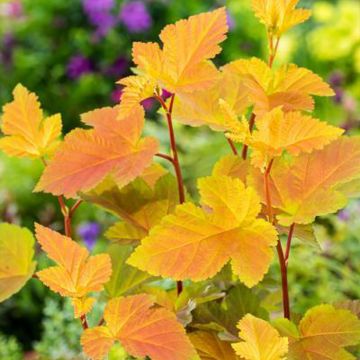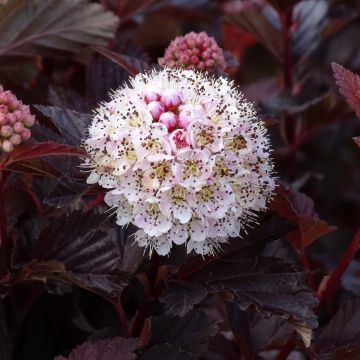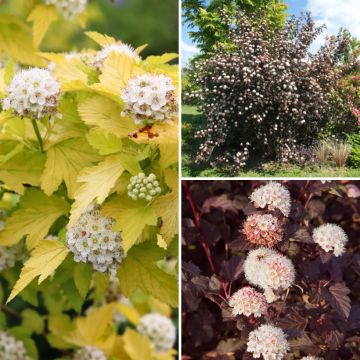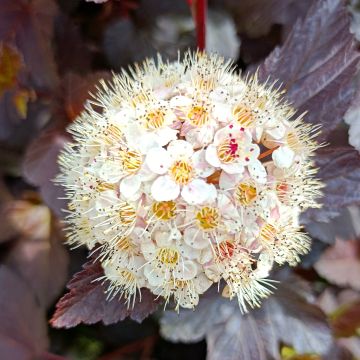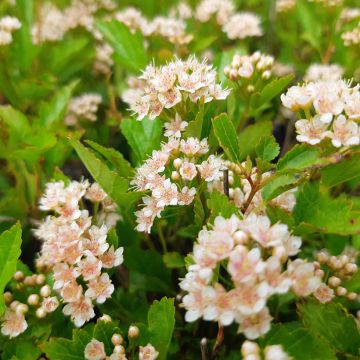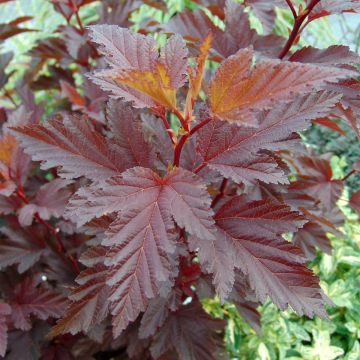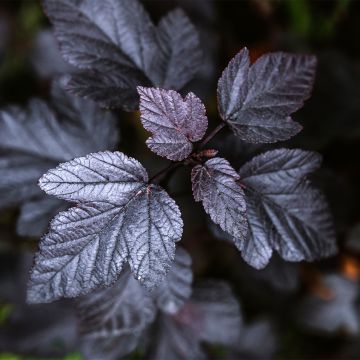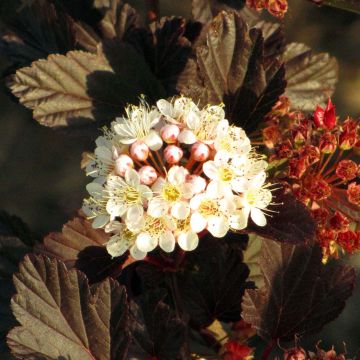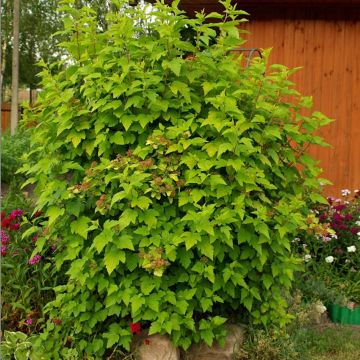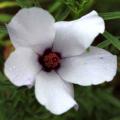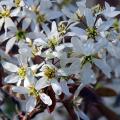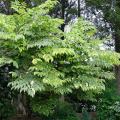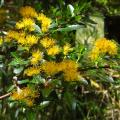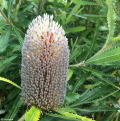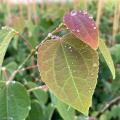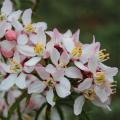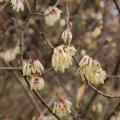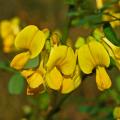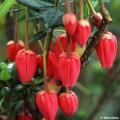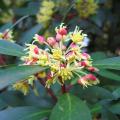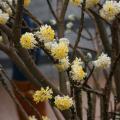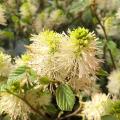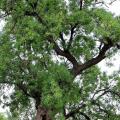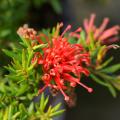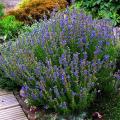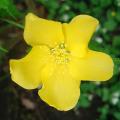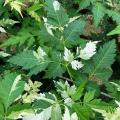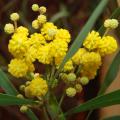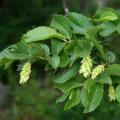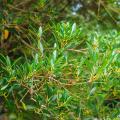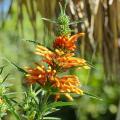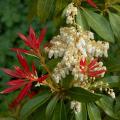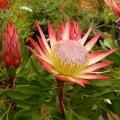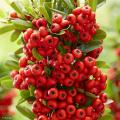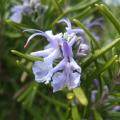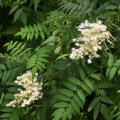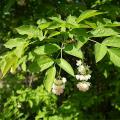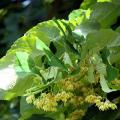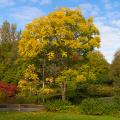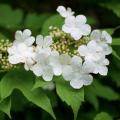Physocarpus
Does this plant fit my garden? Set up your Plantfit profile →
Available in 1 sizes
Available in 3 sizes
Available in 4 sizes
Available in 2 sizes
Available in 1 sizes
Available in 3 sizes
Available in 3 sizes
Available in 2 sizes
Available in 2 sizes
Available in 1 sizes
Available in 1 sizes
Available in 2 sizes
Available in 1 sizes
Available in 2 sizes
Available in 1 sizes
Available in 1 sizes
Available in 2 sizes
Available in 2 sizes
Available in 1 sizes
Available in 1 sizes
Available in 1 sizes
Available in 1 sizes
Available in 1 sizes
Available in 1 sizes
Available in 2 sizes
Available in 1 sizes
Available in 1 sizes
Available in 1 sizes
Available in 1 sizes
Available in 1 sizes
Available in 1 sizes
Available in 1 sizes
Available in 1 sizes
Available in 1 sizes
Available in 1 sizes
Available in 1 sizes
Available in 1 sizes
Available in 1 sizes
The Physocarpus or Ninebark are beautiful bushy shrubs, very decorative with their colorful foliage and bark that peels off in winter. Resembling spireas, they differ in the shape of their flowers, which are white or slightly pink in corymbs. Vigorous and well-branched, they have leaves that are 5 to 8cm (2 to 3in) long. The Physocarpus 'Dart's Gold' has golden foliage that later turns green, while the Physocarpus 'Diabolo' has coppery foliage that turns orange in autumn. These plants are known to Grow fairly quickly. Physocarpus are planted in rich, loose, deep soil, in a sunny or semi-shady position. Pruning consists of rejuvenating the shape by cutting back the old wood at the end of winter, and in late summer, to encourage flowering, by cutting back one third of the young branches. Also known as "Ninebarks", Physocarpus,were used as symbol of wealth, now they are used in borders to contrast with green-leaved shrubs. Did you know, people used the leaves for purgative infusions or poultices against skin and venereal diseases.
Haven't found what you were looking for?







































